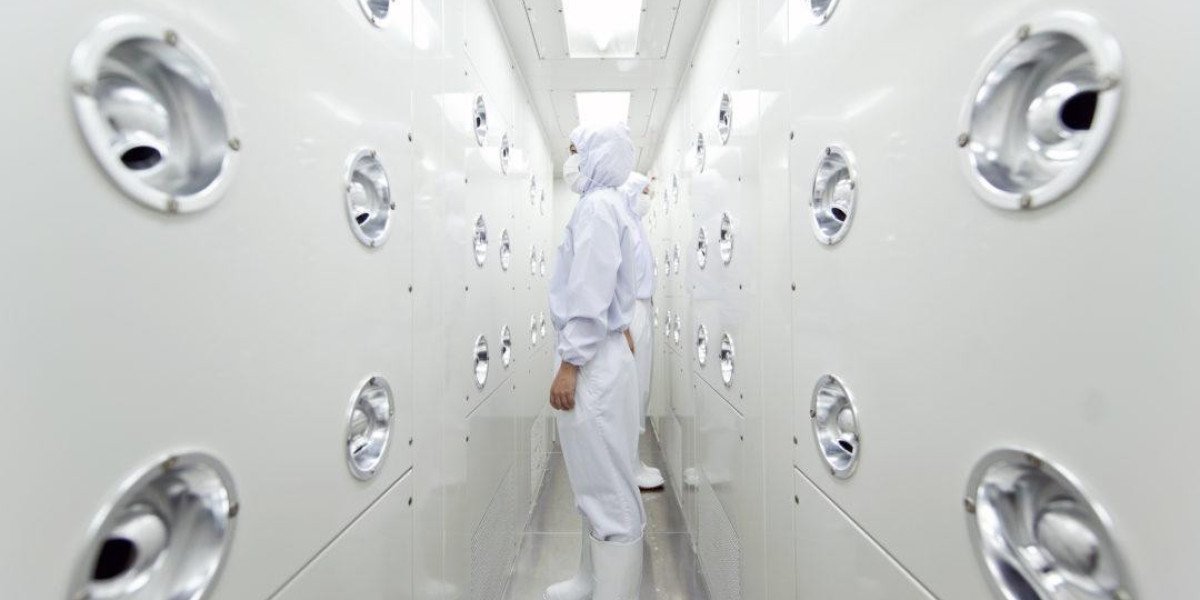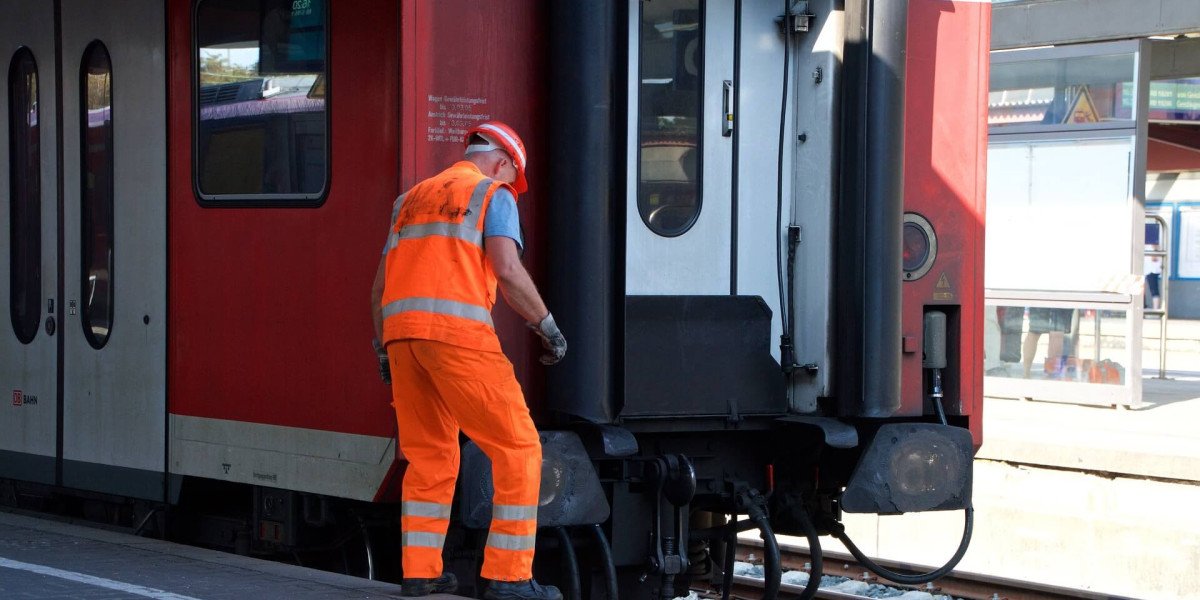Market Intelo Highlights Accelerating Growth in HVAC Retrofitting Solutions
The global Thermal Wheel Retrofit market is experiencing a significant upsurge as industries and commercial infrastructure increasingly adopt energy-efficient HVAC systems. According to the latest research study by Market Intelo, the market was valued at USD 402.7 million in 2023 and is projected to grow at a robust CAGR of 6.1% during the forecast period, reaching USD 678 million by 2032.
The surge in demand is driven by the global shift toward sustainable building solutions, increased regulatory pressures for energy efficiency, and the aging infrastructure in developed markets requiring HVAC modernization. This positions thermal wheel retrofitting as a strategic investment for reducing operational costs and carbon footprints.
Get Sample Report of Thermal Wheel Retrofit Market @ https://marketintelo.com/request-sample/81042
Growing Need for HVAC Modernization Fuels Market Momentum
With global energy prices rising and sustainability mandates tightening, building operators are prioritizing HVAC upgrades. Thermal wheels, also known as rotary heat exchangers, play a pivotal role in pre-conditioning air and enhancing energy recovery in ventilation systems. Retrofitting existing HVAC units with thermal wheels can yield significant energy savings, making it a preferred choice for both commercial and industrial sectors.
Emerging economies are also contributing to the market’s expansion as they invest in smart buildings and green-certified infrastructure. The retrofit market is thus seeing traction not only in North America and Europe but also in Asia-Pacific and the Middle East.
Market Segmentation Insights: Versatility Across Sectors
The thermal wheel retrofit market spans a diverse array of applications, including commercial buildings, hospitals, data centers, manufacturing units, and educational institutions. Among these, commercial buildings accounted for the largest market share in 2023, with rising emphasis on sustainable building operations driving adoption.
From a technology perspective, hygroscopic rotary wheels are gaining popularity due to their enhanced moisture transfer capabilities, especially in humid climate regions. By contrast, enthalpy wheels continue to dominate in colder regions where both heat and moisture recovery are critical.
Get Sample Report of Thermal Wheel Retrofit Market @ https://marketintelo.com/request-sample/81042
Regional Overview: Europe Leads, Asia-Pacific Emerging Fast
Europe remains the dominant regional market, backed by stringent energy-efficiency regulations and retrofitting incentives across the EU. Countries such as Germany, the UK, and the Nordics have led retrofitting initiatives in both public and private infrastructure sectors. The European market accounted for over 35% of the global revenue in 2023.
Meanwhile, Asia-Pacific is expected to register the fastest growth over the forecast period, with countries like China, India, and Japan rapidly modernizing their infrastructure and prioritizing energy conservation. Government initiatives encouraging green building certifications and subsidies for HVAC upgrades are further propelling market growth.
Key Drivers Accelerating Market Adoption
Several factors are collectively driving the strong uptake of thermal wheel retrofitting:
Energy Efficiency Mandates: Governments worldwide are implementing energy-efficiency codes and retrofit policies to reduce building emissions.
Cost Savings on Operations: Businesses are leveraging HVAC retrofits to slash energy bills and optimize long-term operating costs.
Sustainability Goals: Organizations are retrofitting systems to align with ESG goals and meet green certification standards.
Aging HVAC Infrastructure: Retrofitting offers a cost-effective solution over full replacements, especially in aging commercial buildings.
Read Full Research Study: https://marketintelo.com/report/thermal-wheel-retrofit-market
Competitive Landscape: Innovation and Strategic Alliances
The competitive landscape of the thermal wheel retrofit market is marked by innovation and strategic expansion. Key players such as Systemair AB, Greenheck Fan Corporation, FläktGroup, Trane Technologies, and Munters AB are focusing on improving wheel materials, increasing energy recovery rates, and developing advanced moisture control systems.
Strategic collaborations with HVAC service providers and sustainability consultants are helping these companies gain access to larger retrofitting projects. Furthermore, partnerships with green building certification bodies are becoming instrumental in boosting brand credibility and customer acquisition.
Future Outlook: Integration with Smart Building Technologies
Looking ahead, the thermal wheel retrofit market is set to evolve in tandem with the smart building revolution. Integration of IoT-based sensors and AI-powered HVAC analytics is enabling smarter, real-time control of energy recovery systems. This will further enhance the performance and ROI of retrofitted systems.
Additionally, as more companies commit to net-zero targets by 2030–2040, thermal wheel retrofitting will remain an essential component of energy optimization strategies. The market’s evolution will also be shaped by emerging materials and designs that reduce maintenance and enhance durability.
Conclusion: A Decade of Sustained Opportunity
The Thermal Wheel Retrofit market is poised for a decade of sustained opportunity, fueled by technological innovation, policy-driven mandates, and the rising economic viability of energy-efficiency investments. Market Intelo’s research underlines that industry players who align their offerings with evolving sustainability goals and technological demands will gain a competitive edge.
For HVAC OEMs, retrofit solution providers, and energy consultants, the road ahead is paved with growth potential—especially in retrofitting aging infrastructure in a smarter, more sustainable way.
Related Report







